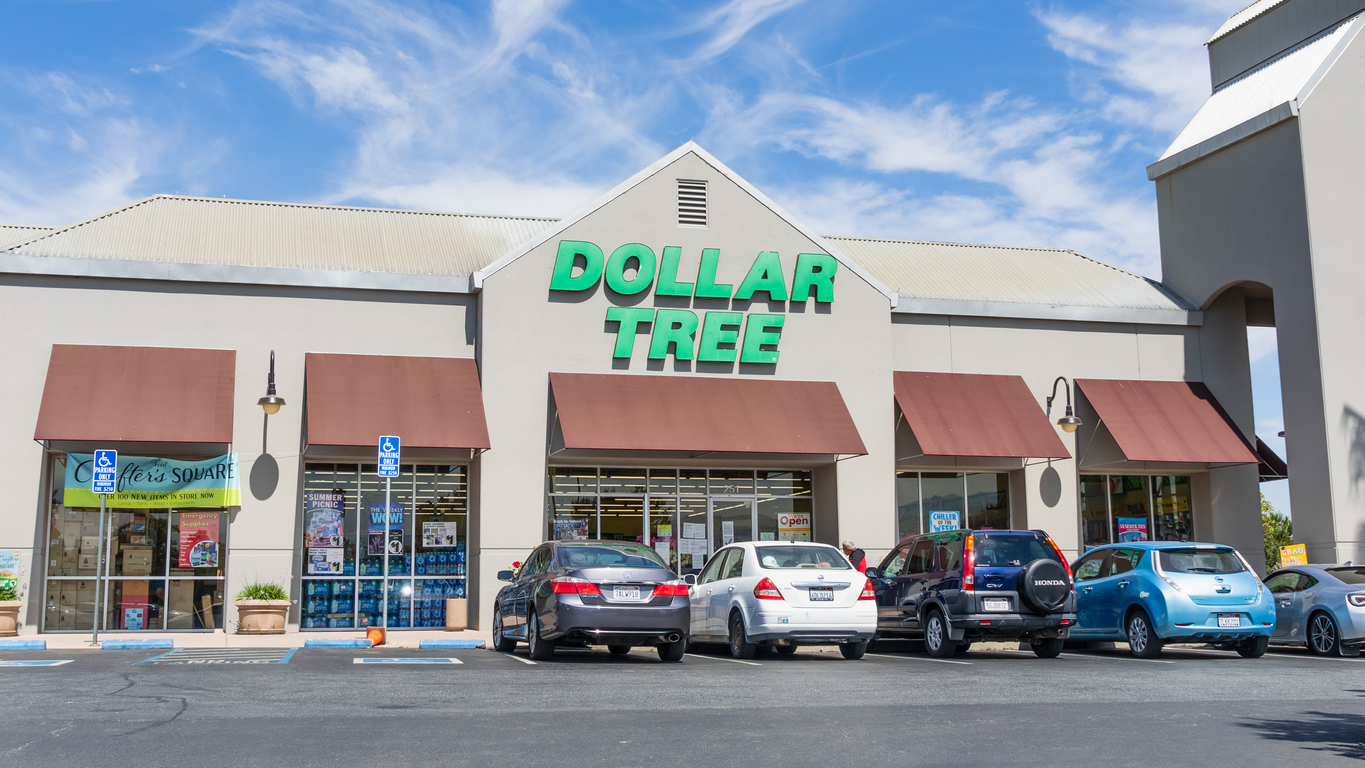THE DAILY SCOPE 11/10/21: Well, what we’ve all been experiencing in the form of higher gas and grocery prices – and the inventory shortage-high consumer demand shuffle — is now even more official. Inflation rose by 6.2 percent in October, according to the U.S. Department of Labor. That’s the steepest increase in more than three decades. Regardless of the reasons—or the fact that it’s happening across the globe—it’s still a buzzkill of a headline for the current administration. Not surprisingly, it’s good news for dollar stores, which until the pandemic were experiencing their own slowdowns, since current sticker shocks have redirected consumers their way. According to credit card tracking company Facteus and Bloomberg, consumer spending at discount stores was up 65 percent compared to the same time two years ago in pre-pandemic 2019, and 21 percent higher than just last week. The good news is that this will all stabilize – we’re still emerging ever-so-slowly from a once-in-a-century pandemic, after all – but sadly many consumers and retailers will be feeling the pinch through most of next year, too.
Inflationary pressures and inventory shortages might mean it’s a good time for consumer electronics and appliance retailers to finally start carrying next-gen mobility products. It’s no secret that e-scooters and e-bikes are an exploding category, and we’ve been covering that here at Dealerscope. But it looks like the juggernaut of demand won’t subside: According to Deloitte, 130 million e-bikes will be sold across the globe between 2020 and 2023, putting them at the top of the heap of all electric vehicles (EVs), which 11 car manufacturers including Ford, General Motors, and Volvo just this week agreed to make and sell even more of when they stop selling all fossil fuel cars by 2040. (The good news is that the agreement includes hydrogen vehicles, which may be more explosive, but certainly won’t require more electricity that may still be powered by coal. The problem is, fewer manufacturers are invested in the technology.)
We’re also reading:
- LG, The NCAA, Turner Sports CBS Sports Partner to Provide Unique Experiences to NCAA Fans
- Samsung and Netflix Team Up to Tempt Consumers to Steal 8K QLED TVs
- Detroit Mother Battles Best Buy For Refund After Canceling Order Dueto Shipping Delays
- We Can Fix Facebook, But It’s Going to Cost Us.
- Sony and TSMC Address Chip Shortage With a New Factory















